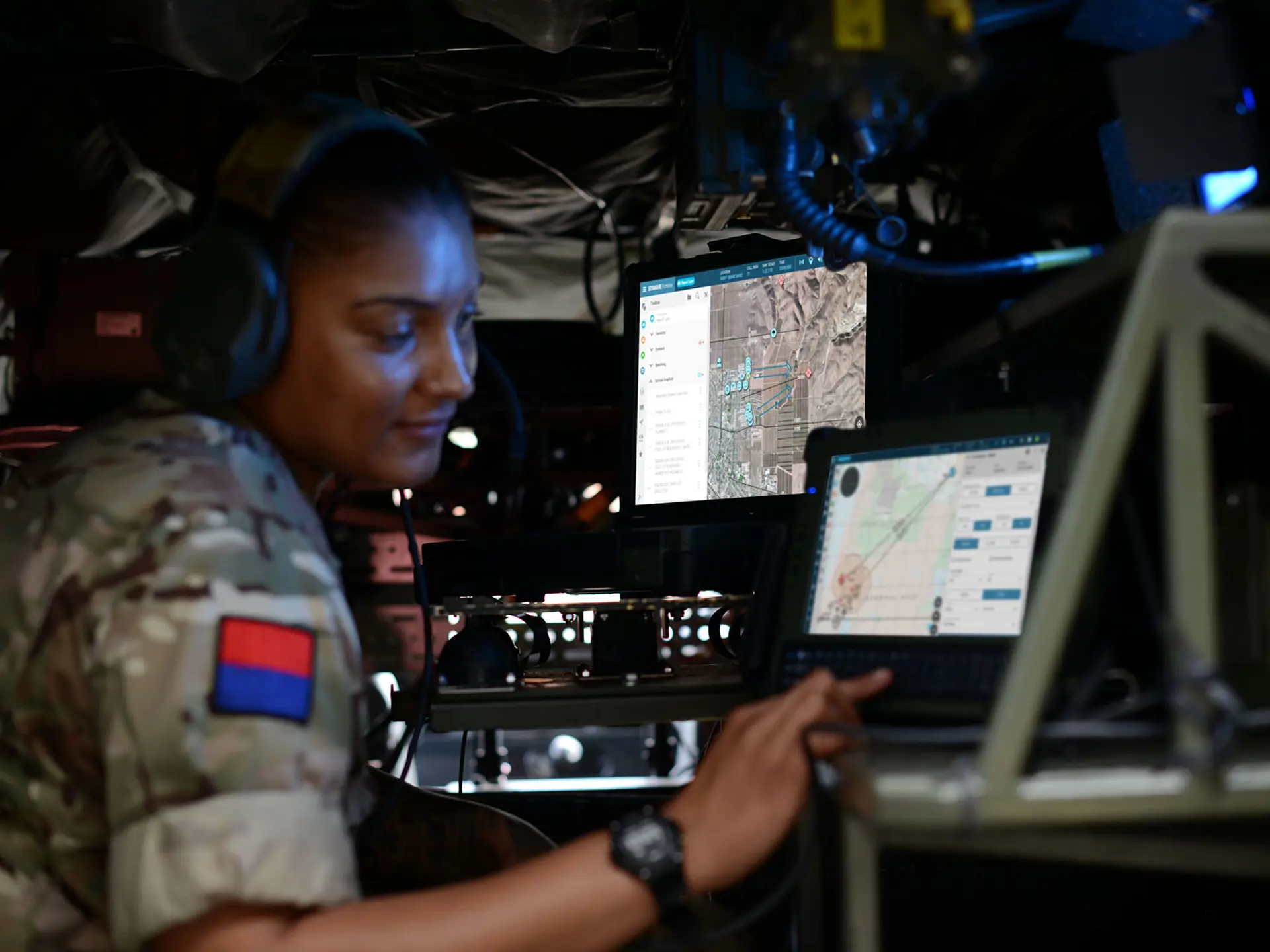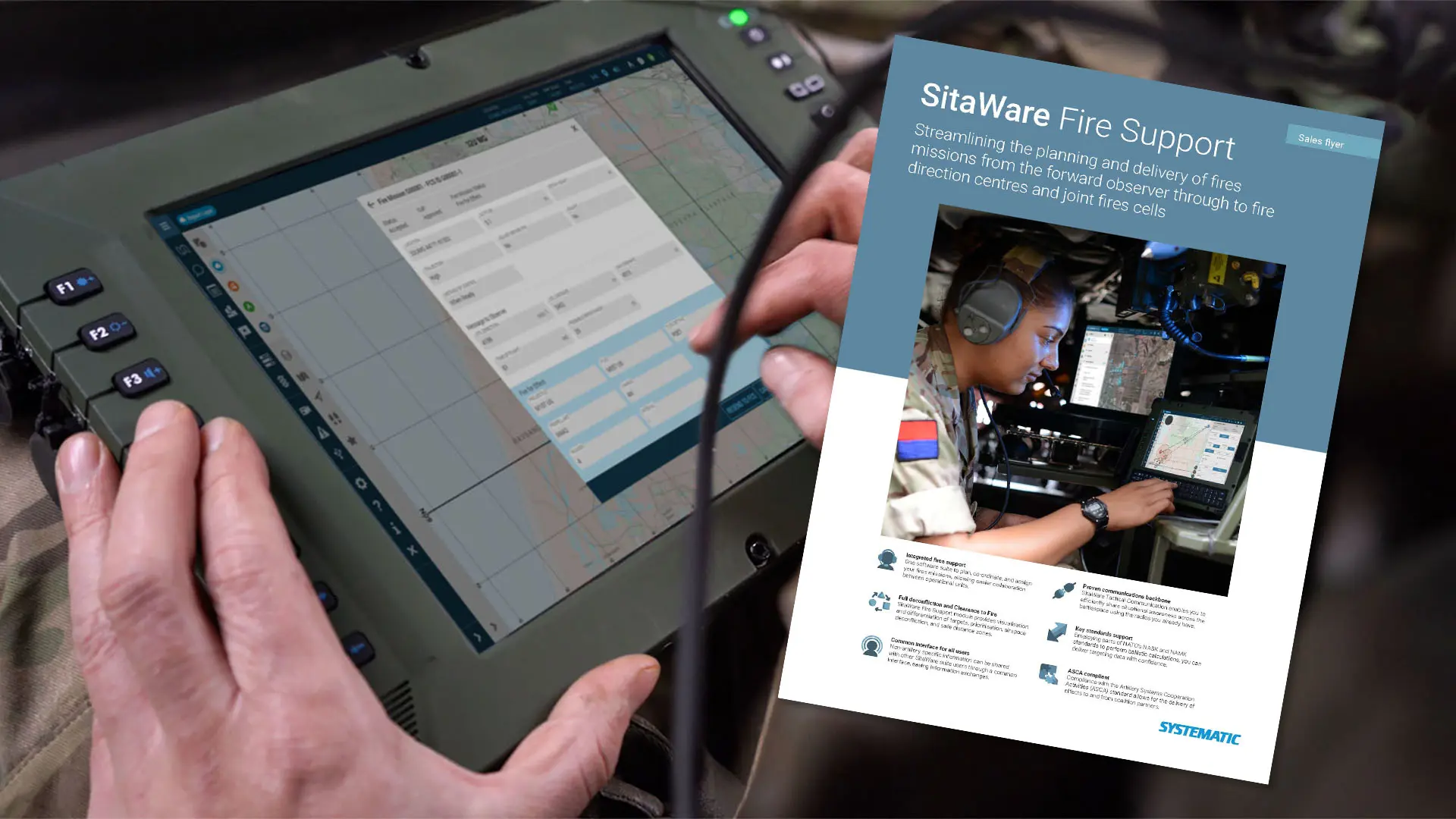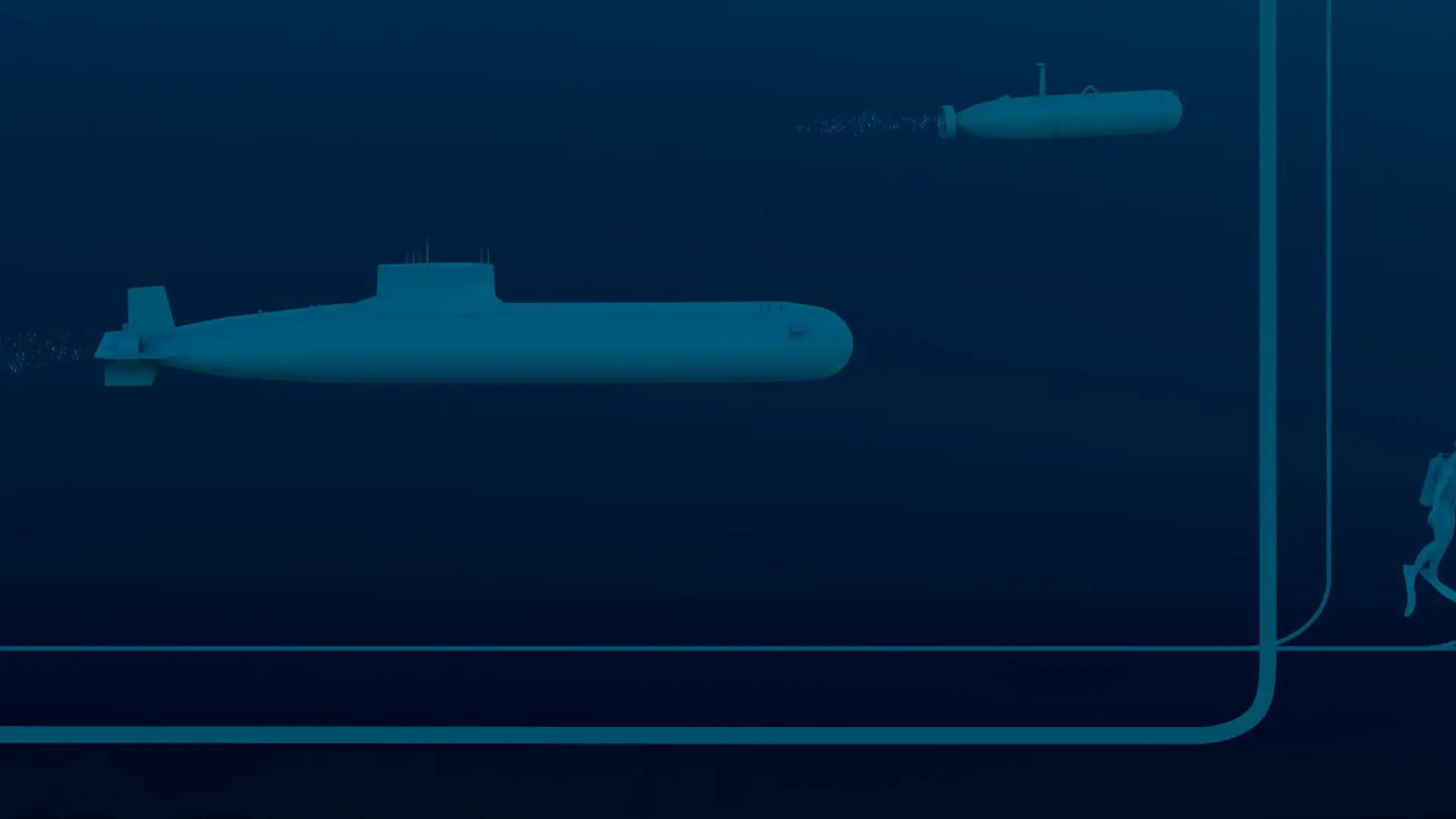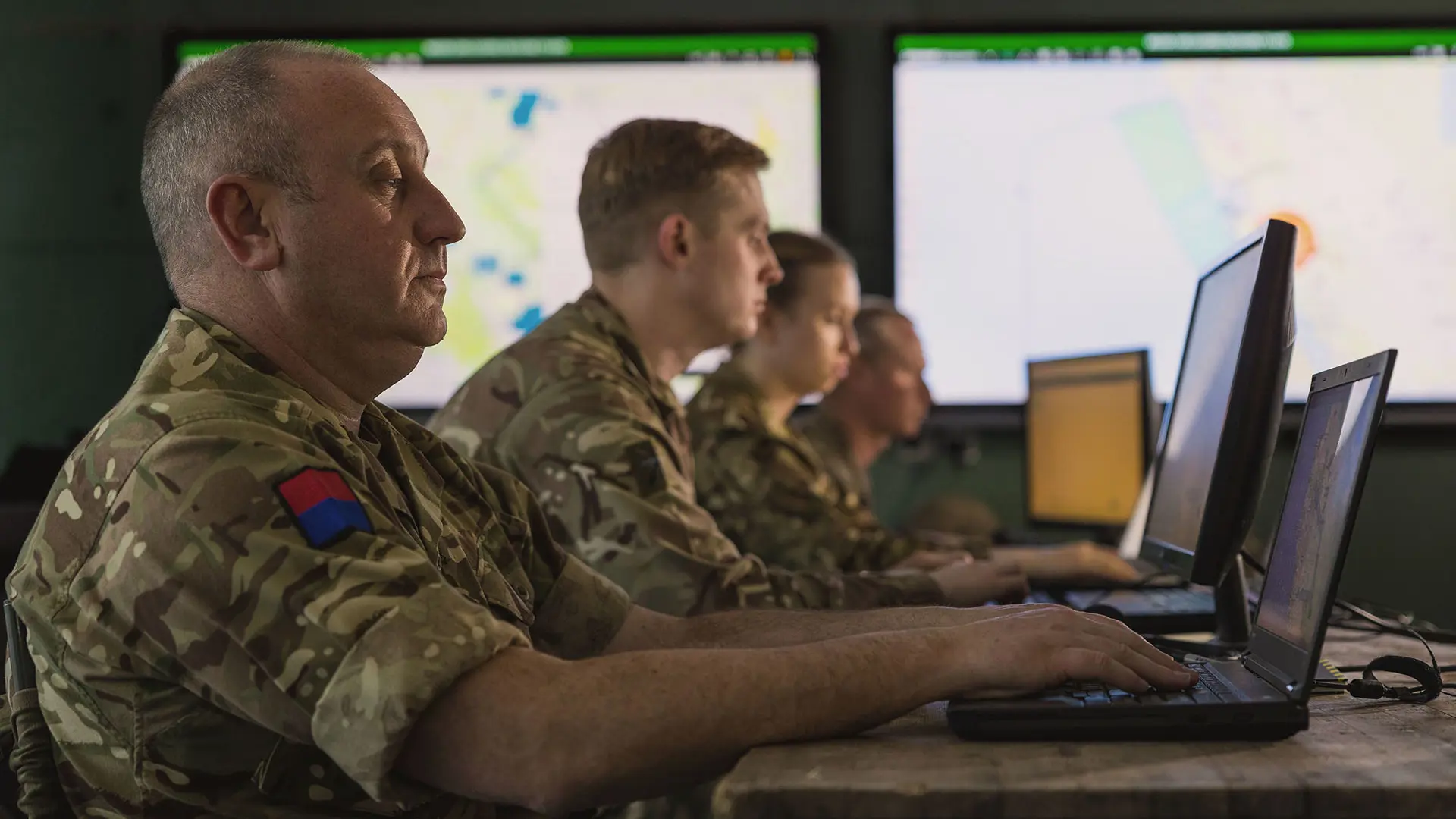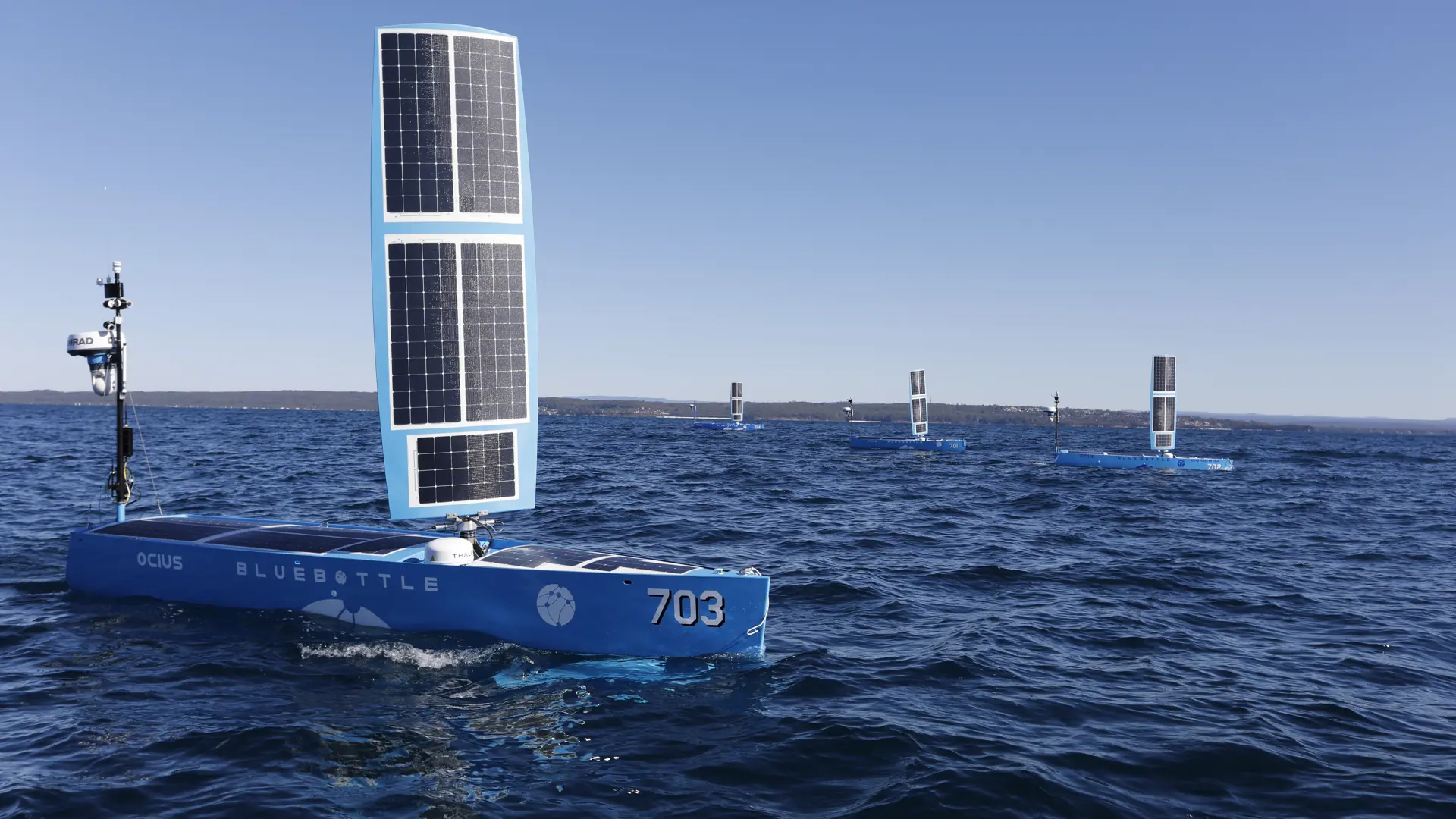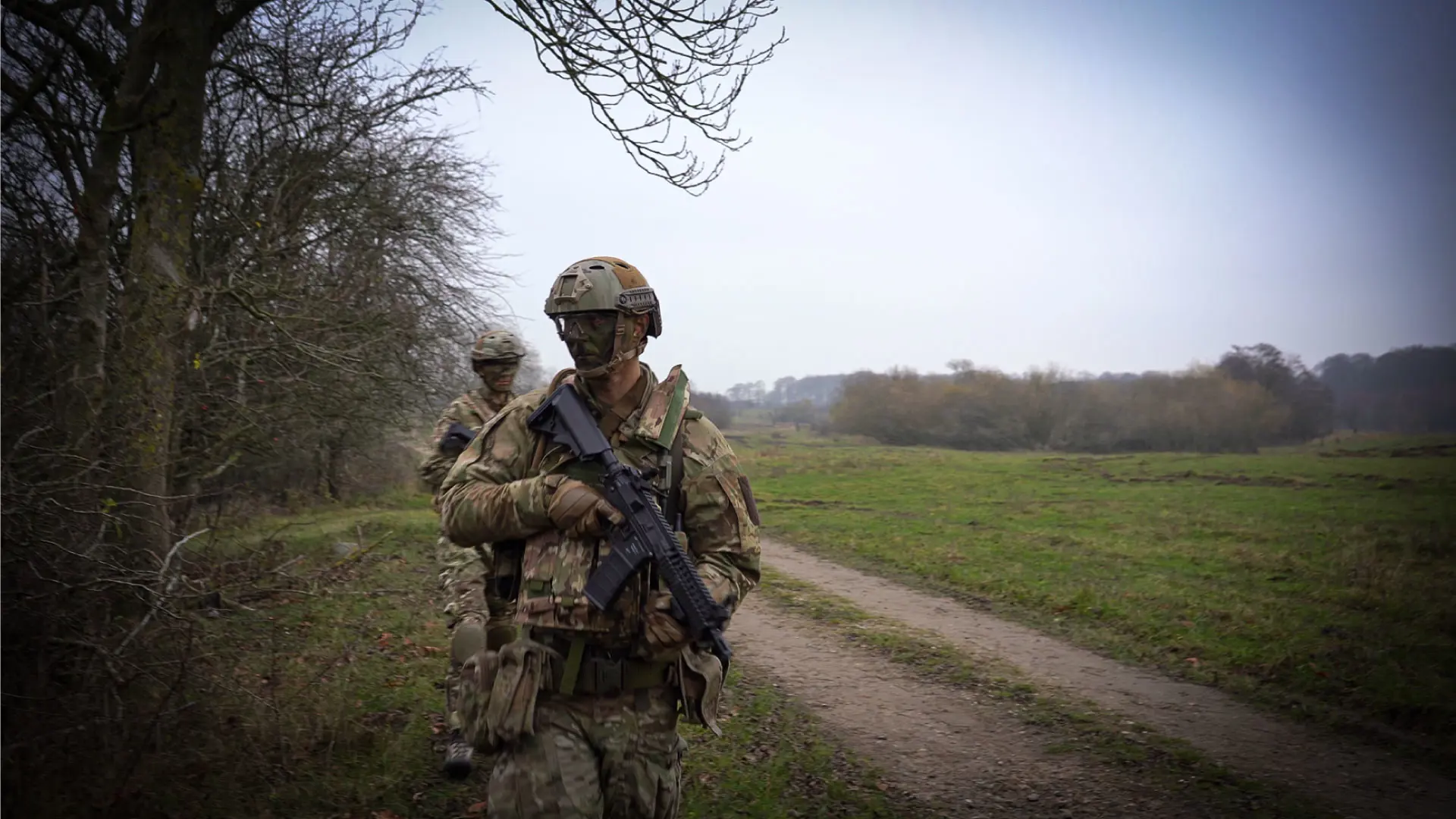The changing face of fires
The battlefield is witnessing a significant change in how fires missions are planned, developed, and executed. As a result, the requirement for co-ordinating and delivering effects is increasingly falling to C4ISR software to successfully deliver effects to the progressively stringent requirements of battlefield commanders, writes Bo Tang Lærke, Systematic’s in-house subject matter expert on joint fires.
The changes in battlefield connectivity, digitalisation, and effectors have had a significant impact on the ways and means of providing decisive fires support for those on the ground. Capability improvements over the last 25 years have meant that today’s soldiers are able to rapidly call upon critical, accurate support at a moment’s notice, as well as plan for the right assets to be in place to support major operations. The increase in precision capabilities has also generated a requirement for those responsible for delivering effects to be more accurate, thereby reducing collateral damage risks, and degrading an enemy’s capabilities faster.
Mobility and integration
The low-intensity conflicts in Afghanistan and Iraq over a 20-year period allowed for the favouring of more static indirect fires deployments, with mortars and artillery able to be positioned within a secure firebase and firing to pre-registered locations. Mobile assets in this environment – such as helicopters, aircraft, and self-propelled platforms – could be dynamically deployed, but required support from specialists such as Joint Terminal Attack Controllers (JTACs) or forward observers.
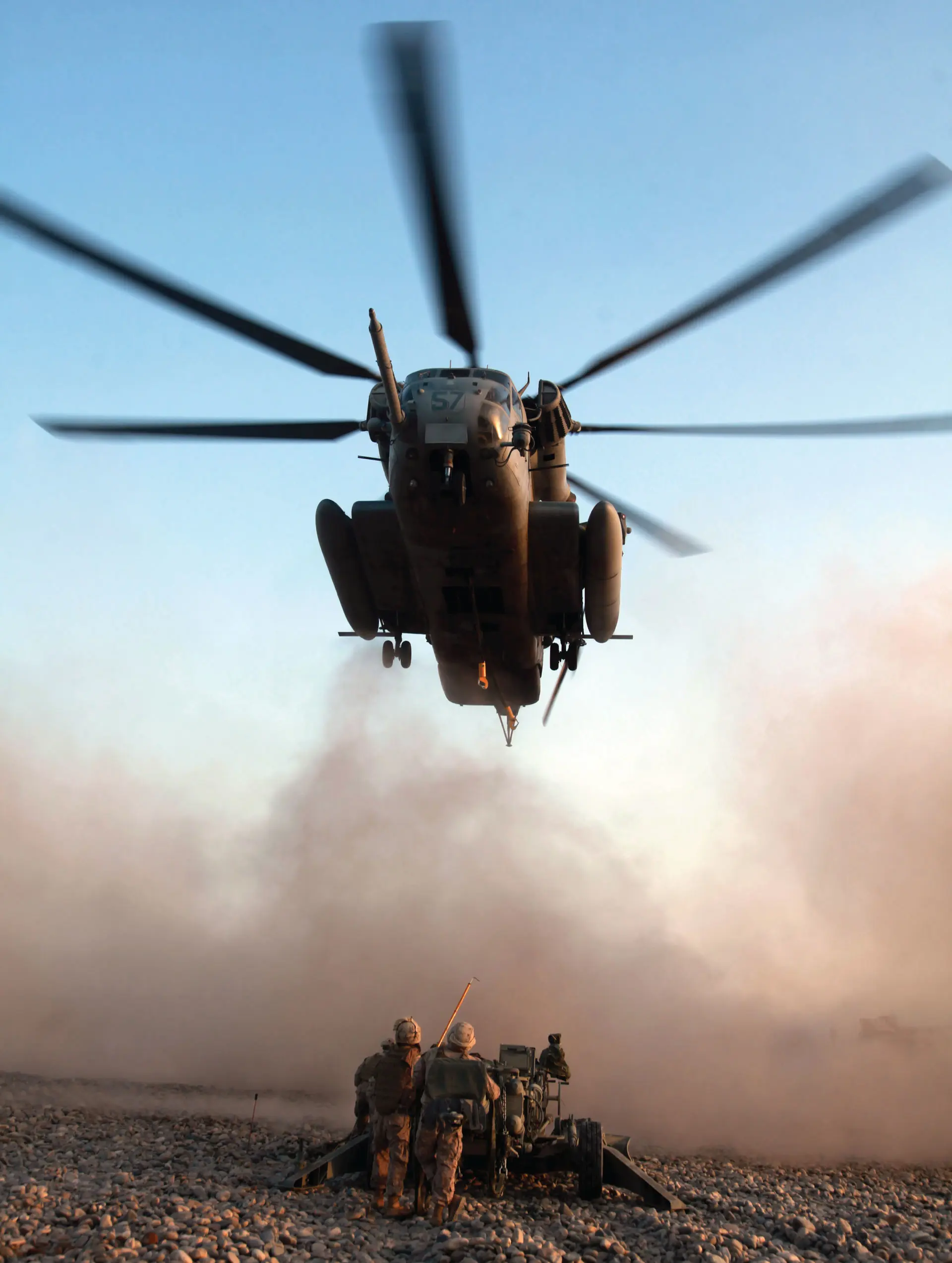
The peer and near-peer conflicts in Nagorno-Karabakh and Ukraine have shown that battlefields can be highly dynamic environments, with effectors having to respond quickly to opportunities to prosecute high-value targets. Systems that can provide fires – from tubed artillery and heavy mortars through to rocket artillery systems such as HIMARS, PULS, and similar systems – also become key targets themselves, with the reduction in the cost of advanced effectors further enabling their proliferation across a number of state and non-state actors. As such, equipment has to be moved rapidly away from counter-battery fires from enemy artillery, UAVs, and more.
Therefore, increasing mobility and the force protection concepts for fires assets is becoming of paramount importance for them to stay in the fight for the long term. Fires assets are also becoming more disparate, operating in small groups to minimise the impact of an effective counter-battery strike.
These factors have meant there is a corresponding need for enhanced command-and-control of fires platforms, as temporary communications infrastructure needs to be broken down and re-established rapidly. Granting single effectors within a battery more independence and authority can ensure that the commanders on the ground can position to the best advantage. The swift and accurate communication of detailed calls for fires helps to ensure that these missions can be achieved rapidly, while increasing the survivability of effector platforms.
Building and ensuring communication flows
As the mobility requirements have increased, so have the requirements for secure, reliable communications networks. The battle for the electro-magnetic spectrum (EMS) involves the ongoing attempts to degrade an opponent’s capabilities to use equipment, ranging from position, navigation, and timing systems, through to radio communications, which can seriously impact the delivery of fires.
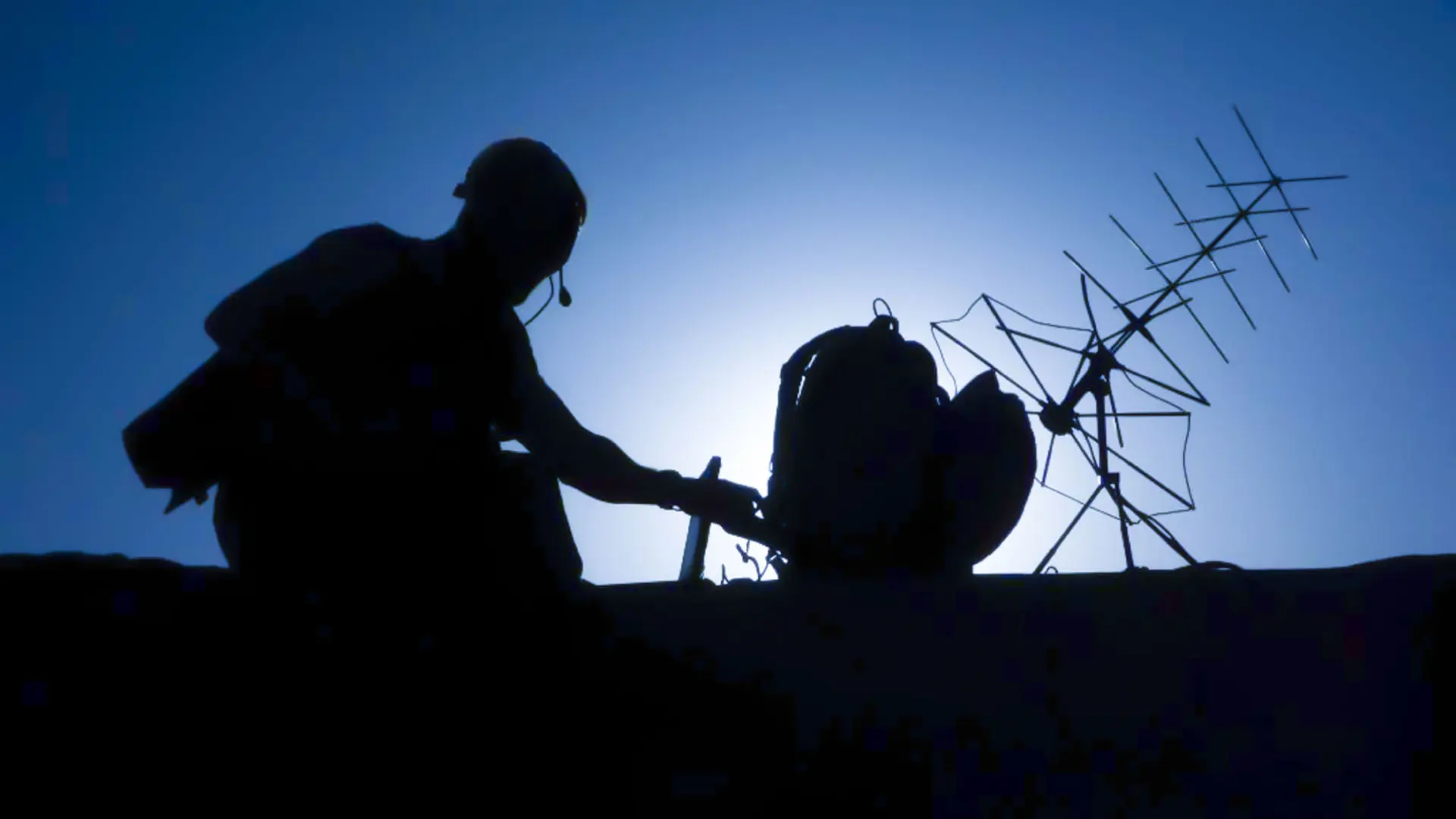
Systematic’s SitaWare Tactical Communication protocol ensures that radios can dynamically adapt in challenging environments, acting as an interface and bridge between platforms and systems. These can include HF, VHF, and UHF spectrums, as well as satellite communication (SATCOM), IP-based radio, and wide-band LAN connections, working efficiently on even low bandwidth connections.
Within the fires domain, having a secure and robust communication network means that requests for support can be reliably delivered around a fires support user group. Moving away from voice-based communications process to a data-centric one means that challenges for radio operators are minimised, and accurate messages can get through. Increasing the redundancy and robustness of these connections means that troops and fire controllers are able to ensure support when it is needed.
The addition of cyber and information warfare domains to the battlespace has also meant that intelligence has an increasingly important role to play, with communications security continuing to support data assurance within the digitised battlespace.
Planning and Intelligence
Intelligence is becoming a greater centrepiece for fires missions, as battlefield sensors allow for a shorter space of time between detection and prosecution of targets. UAVs, for example, can provide persistent surveillance. If they are not equipped with their own strike capabilities, they can designate both targets of opportunity and pre-planned targets for other assets to defeat.
This increase in speed on the battlefield has enabled a shortening of the sensor-to-effector chain, with fewer personnel needed within a system’s operation as tasks, such as image analysis, being supported by artificial intelligence. Those who need additional information to authorise requests for fire can also gain greater levels of context through supporting sensor data, instead of focusing through the prism of a single sensor system.
The ability to utilise the Recognised Intelligence Picture (RIP) within the planning cycle for deliberate and dynamic fires is critical in ensuring every round counts, and that a target is defeated before it can cause harm to friendly forces or enable an opposition advantage.
The combination of intelligence and planning within the fires mission from within a single battle management system can ensure the smooth running of operations, while also helping to build awareness among users of fires missions, capabilities, and effectors. Technology such as the SitaWare Fire Support module, when combined with other components of the SitaWare suite, help to give commanders and their subordinates the tools to deliver effects intelligently, while also supporting planning and situational awareness.
